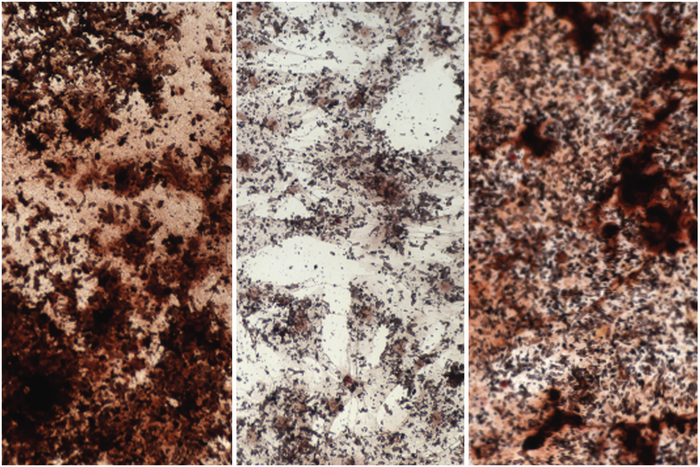Aging brings with it thinner bones, more fractures, and an increased likelihood of osteoporosis. One reason for these aging ailments is the impaired function of the bone-marrow stem cells, which are required for the maintenance of bone integrity. Now, researchers have shown that changes in the epigenome are one reason for the reduction in stem cell function. The team from the the Max Planck Institute for Biology of Aging and CECAD Cluster of Excellence for Aging Research at the University of Cologne found that acetate was a key factor in the reversal of these changes in isolated stem cells. These findings could be relevant for the treatment of diseases such as osteoporosis.
This work is published in Nature Aging in the paper, “Chromatin remodeling due to degradation of citrate carrier impairs osteogenesis of aged mesenchymal stem cells.”
Epigenetics has been a key candidate for the cause of aging for some time—in particular, alterations in histones proteins.
The research group of Peter Tessarz, PhD, Max Planck research group leader, studies the epigenome of mesenchymal stem cells. These stem cells are found in bone marrow and can give rise to different types of cells such as cartilage, bone, and fat cells.
“We wanted to know why these stem cells produce less material for the development and maintenance of bones as we age, causing more and more fat to accumulate in the bone marrow. To do this, we compared the epigenome of stem cells from young and old mice,” explained Andromachi Pouikli, a PhD student and first author of the study. “We could see that the epigenome changes significantly with age. Genes that are important for bone production are particularly affected.”
The authors write that they study the effect of mitochondrial–nuclear communication on stem cell aging. They showed that, “aged mesenchymal stem cells exhibit reduced chromatin accessibility and lower histone acetylation, particularly on promoters and enhancers of osteogenic genes.”
The reduced histone acetylation, they explained, is due to impaired export of mitochondrial acetyl-CoA, because of lower levels of citrate carrier (CiC). They then demonstrated that, “aged cells showed enhanced lysosomal degradation of CiC, which is mediated via mitochondrial-derived vesicles.”
The researchers investigated whether the epigenome of stem cells could be rejuvenated. To do this, they treated isolated stem cells from mouse bone marrow with a nutrient solution which contained sodium acetate. The cell converts the acetate into a building block that enzymes can attach to histones to increase access to genes, thereby boosting their activity. The citrate remodels the chromatin landscape and “rescues the osteogenesis defects of aged mesenchymal stem cells.”
“This treatment impressively caused the epigenome to rejuvenate, improving stem cell activity and leading to higher production of bone cells,” Pouikli said.
To clarify whether this change in the epigenome could also be the cause of the increased risk in old age for bone fractures or osteoporosis in humans, the researchers studied human mesenchymal stem cells from patients after hip surgery. The cells from elderly patients who also suffered from osteoporosis showed the same epigenetic changes as previously observed in the mice.
“Sodium acetate is also available as a food additive, however, it is not advisable to use it in this form against osteoporosis, as our observed effect is very specific to certain cells. However, there are already first experiences with stem cell therapies for osteoporosis. Such a treatment with acetate could also work in such a case. However, we still need to investigate in more detail the effects on the whole organism in order to exclude possible risks and side effects,” explained Tessarz.



